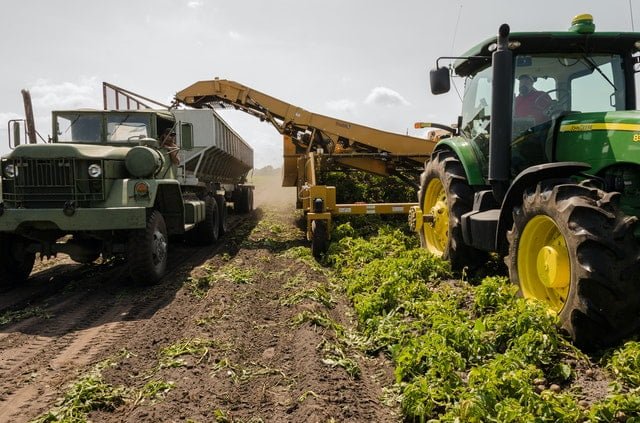A plant trailer is a particular device or machine used to efficiently and safely transport heavy loads and materials.
You can see these trailers in major industrial plants globally. Today, there are different trailers in the market, and each trailer has unique specifications and features.
This means you have to pick the right trailer for the application. To help you learn more about plant trailers and choose the right ones, here are rundowns to look at:
1. Look at The Suspension
When the suspension is smoother, it means you will be able to protect your tow vehicle, trailer, and cargo from an excessive shock. Smoother suspension can also offer a more comfortable and great experience.
It is wise to purchase plant trailers with a high-performance suspension, especially when planning to transport heavy loads, carry valuable cargo, and tow often as part of the business.
A left spring is a traditional suspension system. You can use it in trailers and vehicles of different sizes, including semitrailers and trucks.
Although less costly when compared to other kinds of suspension, a leaf spring gives a bouncier ride. Plus, inter-leaf and metal-to-metal friction lead to faster wear and more noise.
On the other hand, a rubber torsion suspension gives a better ride than a leaf spring. A torsion suspension also cushions rough spots and bumps better.
Unlike a leaf spring that gets connected by an axle, a rubber torsion suspension works independently to ensure road impact on one side of a trailer is not transferred to others. This offers a smoother ride for the:
- Driver
- Cargo
- Tow vehicle
2. Consider the Equipment Dimensions and Weight
The first and important step in choosing the right trailer for towing job is to determine the dimensions and weight of the load. Look at the weight, length, width, and height of the equipment. Remember that the details on the spec sheet may not include the weight and dimensions with added accessories.
When making calculations, make sure you have the right truck to deal with the towing before moving on to choosing the best trailer.
Certain machines also have adjustable widths for transportation or operation mode. Determine the mode to use during transport as it can take more time to make adjustments.
For safety purposes, half of the width should be on the deck, excluding outriggers. Although standard 8 feet and 6 inches plant trailers can work in a transport mode, you should be honest in how you will load your trailer from one job to another.
3. Choose Renting Instead of Buying
Renting a trailer is a cost-effective and great way to get the services you require without paying a lot of money. If you don’t have sufficient cash to purchase trailers outright, consider renting them at a lower cost.
You can always rent a trailer when you have an extra-large cargo to manage special orders from different clients. Some companies have monthly, daily, and weekly options – so you should choose the right trailer to meet your needs.
In a Nutshell!
Nursery and horticultural equipment, like trailers, may improve working efficiency and minimize labor costs. Trailers have shown to be helpful in the nursery and horticultural industry these days.
If you’re planning to get a trailer for your project, ensure you determine the kind of trailer you require first, research, and choose the right vendor.
